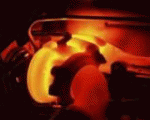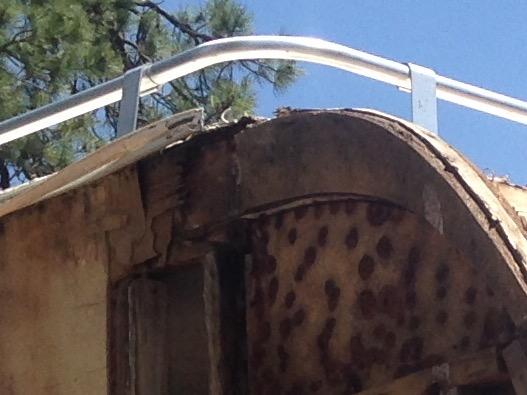- Replies 10
- Views 5.2k
- Created
- Last Reply
Top Posters In This Topic
-
Mopar1973Man 4 posts
-
KATOOM 2 posts
-
Killer223 2 posts
-
JAG1 1 post
Popular Days
Most Popular Posts
-
My trailer is long and the gutter material for RV's seemingly only comes in lengths of about 20 feet or so. That means that the gutters are pieced together in a couple spots over the entire length of
-
you glue the fiberglass to the underlying wood panel with contact cement, then were they join together i used fiberglass embedded bondo, let dry then hit with palm sander. it still awaits paint. but i





Trailer has a huge roof with most of it's area sloped forward... We thought all the water would run off the nose. We had a new rubber roof applied (painted on) which improved it greatly. The rubber roof runs up & over the vynal insert in the edge extrusion (screw cover). Undoubtably the camper putty failed but removing theextrusion is a one way street... to the junk yard.
I'm really hating this type of construction. We were getting rain water in the window tracks whch I now suspect was running inside the walls, entering the window channels & flooding the window tracks. After drilling additional the drain holes in the window tracks, the window tracks werestill flooding until we did the rubber roof... seldom overflow now.
The shop used vynal siding edge pieces as rain gutters over the windows... wedged into the aluminum siding seams... I need to add some more but it has pretty much stopped the water from running down the exterior & into the window tracks.
BUT We are still finding water in the interior wall surfaces & runing into the storage compartments underneath. There's still water running over the sides... despite the slope of the roof. How can this be? My only thought is when the rain is heavy enough, it does indeed build up on the roof & come over the side edges. It's only the height ofthat extrusion. The rubber roof does completely cover that extrusion... as far as I can tell...
Thoughts:
If water gets under the vynal cover strip... it can run the length of the extrusion until it finds a screw hole to leak in.
When the water comes over the side extrusion... it is wicking back under the extrusion?
The roof has a redicious mini-gutter system... cannot handle the water flow... can also get plugged with pine needles & debris. Water can back up from this mini-gutter system, between the gutter & the extrusion, and into the walls?
I can not go on the roof. Wife thinks she can caulk this with Marine Life Caulk.